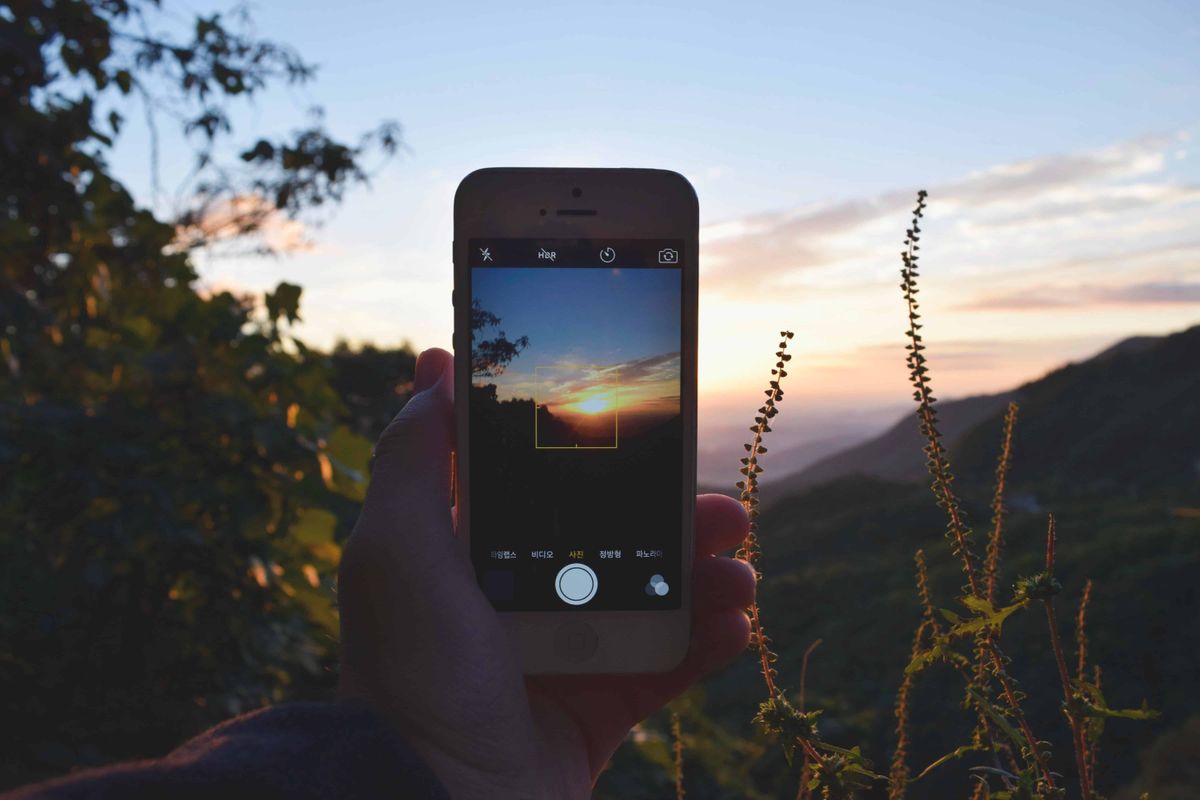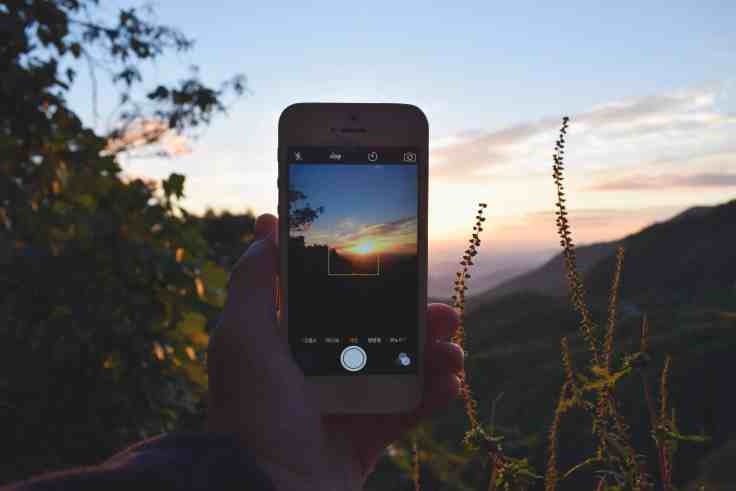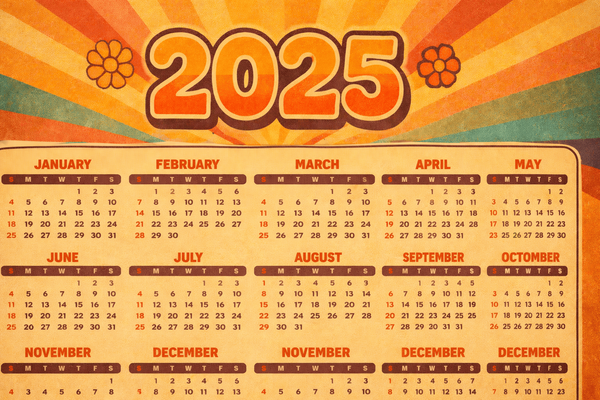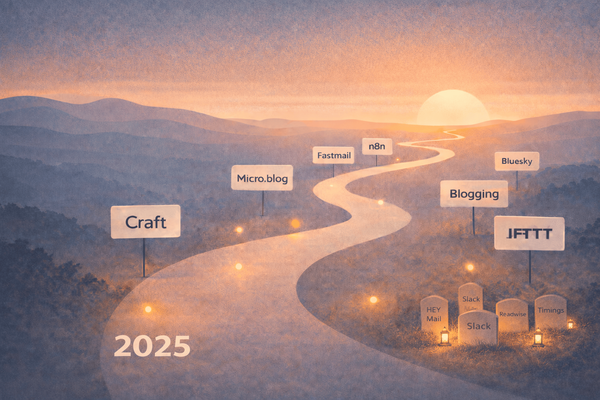Apple Falls Behind in Smartphone Photography
Jason Snell writing in April 2019 issue of Macworld: In general, I wonder sometimes if there’s a little too much dogma inside the group that’s in charge of iPhone photography. It’s a tough line to walk between creating images that are crowd pleasing and those that are accurate depictions of what was


Jason Snell writing in April 2019 issue of Macworld:
In general, I wonder sometimes if there’s a little too much dogma inside the group that’s in charge of iPhone photography. It’s a tough line to walk between creating images that are crowd pleasing and those that are accurate depictions of what was captured. Apple’s legacy of users who are in creative and artistic fields means that it’s probably right to be a little conservative when it comes to these sorts of decisions, but the iPhone is a mass-market product and if people feel that iPhone photos lack the “punch” of Google Pixel photos, that’s bad for Apple—no matter how accurate Apple’s captures are. I hope Google’s aggressive moves with the Pixel will energize the iPhone photography team to engage with their competitor and try to top them.
This article from Jason Snell is rightfully very critical to Apple’s current competitive position in smartphone photography landscape. Apple falls behind in smartphone photography.
As an experienced photography enthusiast myself and an Apple technology lover, I find this situation an uneasy one to be in. I’m currently using an iPhone 7 which is becoming a bit outdated. This fall I plan to upgrade to the iPhone XS successor. The rumors about a triple camera lenses seems to indicate that Apple will stay the course this year with new capabilities tied to specific hardware. This brings me to an alternative proposal for Apple strategic stance.
A Two Prongs Strategy Proposal
As an experienced photographer, I certainly prefer a camera that favors image fidelity over any gimmicky tricks. What I’d like to see is Apple to embrace a two prongs strategy. First, provide new photography features for the general public not tied to physical hardware. Second, keep providing authentic and useful features to more serious use cases.
A feature like Google’s Night Sight would fall in the general public category, not for the pro users. Why? Because even if this feature produces “great results”, they cannot compensate for best of breed optics with RAW photography. I cannot see machine learning topping that because remember, photography is all about light. This brings me to the other part of my proposal. The lack of RAW feature in the stock camera application is still baffling me. Yes API are available for applications like Lightroom to set the camera in RAW mode but this isn’t enough. I would love to see Apple introduce a pro mode in their camera app. This mode would support RAW obviously but would also get rid of gimmicky features. This would help to keep focus on standard adjustments generally used with RAW photos.
Finally, I understand the proposition by Apple to bring great photo technics like Portrait Mode photography to the masses. But that being said, I hope they also continue to push for image authenticity. And this is can only be possible with real lenses.



